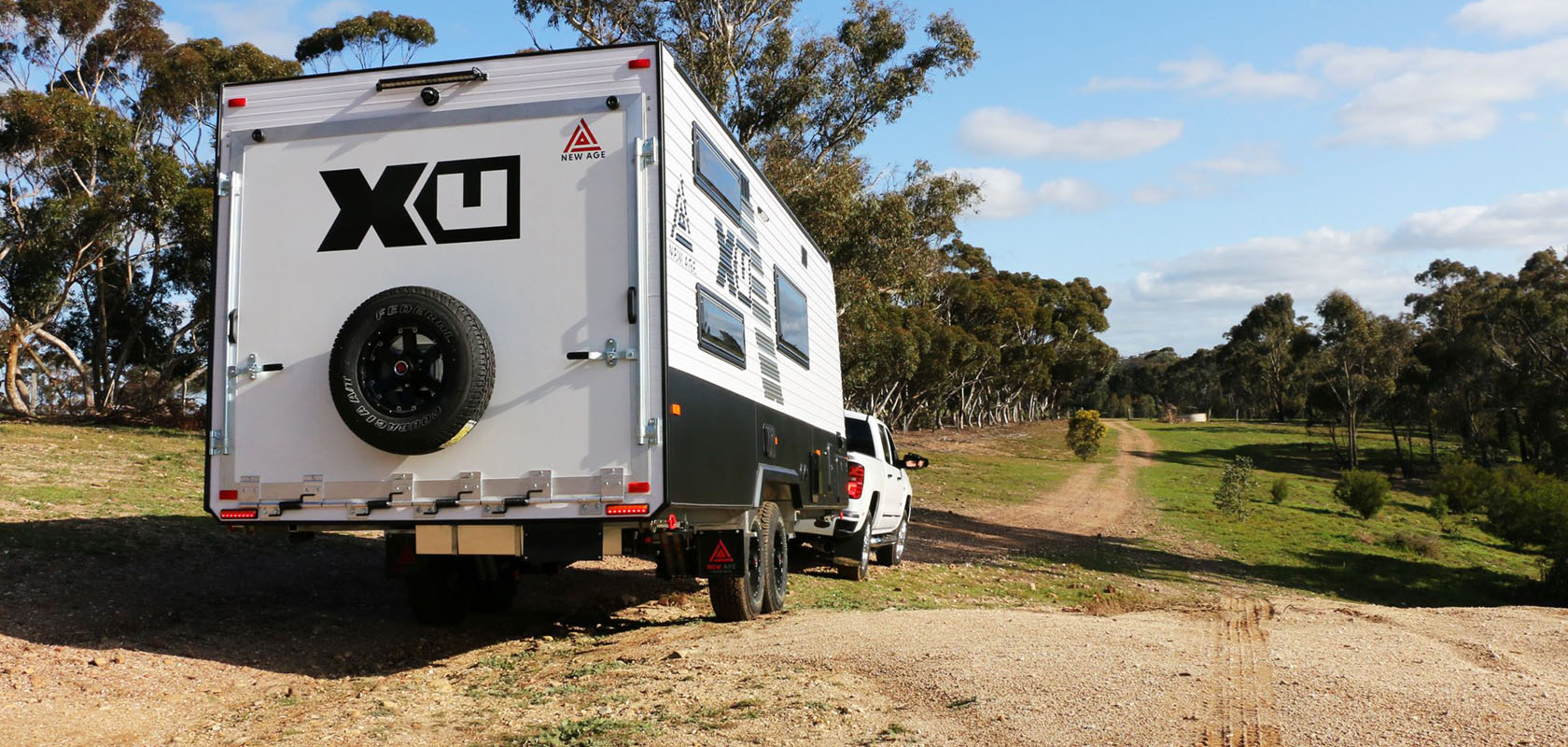
Jargon busters: everything you need to know about towing
Knowledge is power if you ever plan to tow a caravan.
Understanding your responsibility when towing is more important now than ever. Simple mistakes can make your vehicle unroadworthy, unsafe, illegal, and challenging to drive.
So we have put together this handy little guide to explain key terms you should know before you hit the road.
1. Chassis dynamics: The pitch, roll and yaw (The front to back, side to side and rotational motion) of the vehicle body over the wheels and the reaction of these movements to driver input. Increased weight changes the speed and magnitude of these movements and creates a greater disconnect between driver input and vehicle response.
2. Suspension travel: The available upward (compression or bump) and downward (rebound) range of movement within the vehicle’s suspension system. Increased weight (typically seen with rear sagging caused by heavy loads) decreases the available compression travel for normal suspension operation thus increasing the frequency and severity of contact with the bump stops. This causes harsh ride characteristics, ineffective suspension control and increased risk of premature wear and tear on steering and suspension components.
3. Braking efficiency and distance: Increased total weight creates a magnification of energy and force onto the vehicle’s braking system which in turn generates increased heat and stress. Increasing total weight and/or inconsistent vehicle loading has a significant impact on brake performance, braking longevity and most importantly braking distance.
4. Tyre contact and steering effectiveness: Towing and other increased rear end loads cause longitudinal weight transfer which reduces weight over the front axle. The result of this is reduced front tyre contact and grip with the road reducing the responsiveness of steering and braking to driver inputs and more specifically allowing the front of the vehicle to wander or float.
5. Wheel alignment: This is the correct angle of a vehicle’s tyres to maximise tyre contact under normal driving conditions. Increased weight causes changes in suspension travel and geometry, which affects the angle of the wheel resulting in the reduction of tyre contact with the road and increased tyre wear. Incorrect wheel alignment and tyre contact affects all facets of vehicle performance, most importantly safety through diminished steering responsiveness and braking efficiency.
6. Legal compliance: Every vehicle must operate within the weights tolerance specified by the original manufacturer. Failure to adhere to this deems the vehicle unroadworthy. And has other potential consequences including OH+S and insurance compliance issues.
Kerb weight
Kerb Weight (also known as Laden Weight or Kerb Mass) is the original weight of the vehicle from the original manufacturer with fluids full (oil, coolant etc) plus a tank of fuel (including secondary tanks if fitted from original).
Tare weight
Tare Weight (otherwise known as Tare Mass or Unladen Weight) is the original weight of the vehicle from the original manufacturer with fluids full (oil, coolant etc) plus 10 litres of fuel.
Gross axle load rating (GALR)
Otherwise known as Gross Axle Weight Rating (GAWR) is the maximum distributed weight that may be supported by either the rear or front axles independently as set by the original and/or any additional stage manufacturer.
Payload
Is the difference between Original Kerb Weight and Gross Vehicle Mass as set by the original or additional stage manufacturer and refers to the maximum allowable weight to be carried in the form of general loads, accessories, people and tow ball weight.
Weight balance
Is the apportioning of weight within a vehicle normally measured front vs rear via percentage.
Tow ball down weight
The maximum allowable weight or force the trailer exerts onto the tow hitch itself, as specified by the original vehicle manufacturer and/or trailer manufacturer whichever is the least.
Towing capacity
Towing Capacity or Gross Trailer Weight is determined by the original vehicle manufacturer based on many factors and is separated into capacity with a trailer that has brakes or not. This capacity relates directly to the ATM of the trailer being towed.
Aggregate trailer mass (ATM)
The weight of a trailer (or caravan etc) when it is not coupled to a tow vehicle.
Gross combined mass (GCM)
The maximum allowable weight of the trailer plus the tow vehicle and all its loads, contents and passengers and is determined by the original vehicle manufacturer.
Gross trailer mass (GTM)
The weight of a trailer (or caravan etc) when it is coupled to a tow vehicle. Therefore, GTM = ATM – Tow Ball Download Weight.